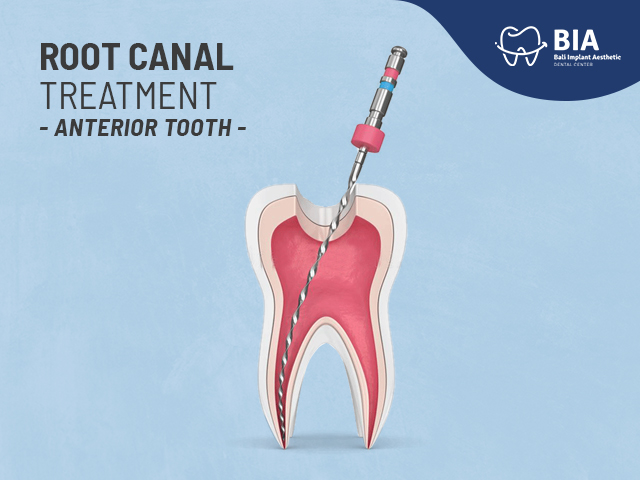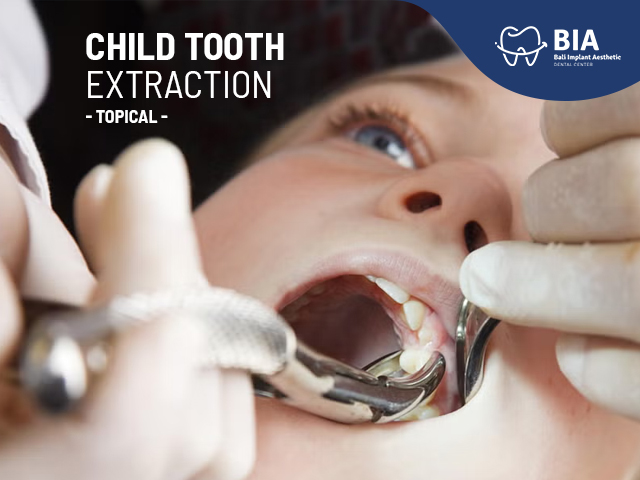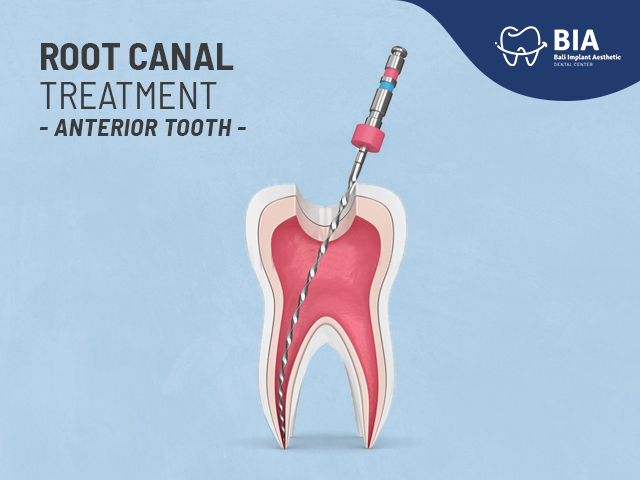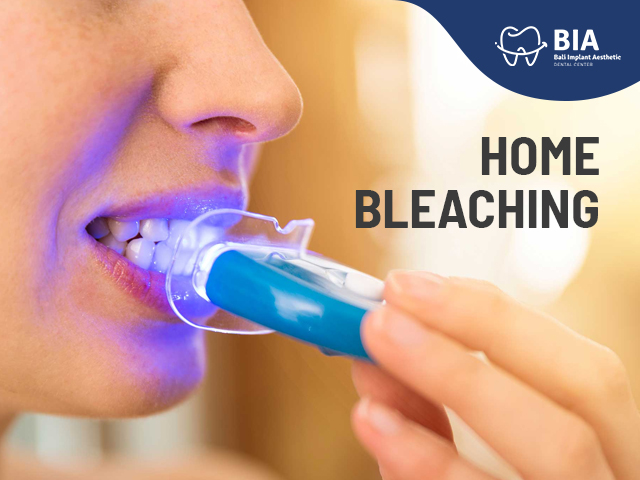Smokers are vulnerable to COVID-19 to dental and mouth problems
Article | 2020-04-15 03:41:06
Home » Articles » Smokers are vulnerable to COVID-19 to dental and mouth problems
Smokers are vulnerable to COVID-19 to dental and mouth problems
Effects on COVID-19 transmission
Although everyone has the potential risk for transmission the corona virus and suffering from Covid-19, it turns out that smokers have a greater risk than non-smokers. Smokers become one of the groups that have a high risk of contracting Covid-19, in addition to the elderly group and people who already have a congenital disease.
Smokers tend to be susceptible to COVID-19 transmission because the fingers used to hold the cigarette (and the possibility of the cigarette being contaminated) come in contact with the lips and then increase the possibility of virus transmission from hand to mouth. These smokers also usually have lung disease or have reduced lung capacity which will increase the risk of more serious illness.
Cigarette products such as shisa that use hoses and pipes that are used interchangeably will facilitate the transmission of the spread of COVID through community and social channels.
Conditions that increase the need for oxygen or reduce the body's ability to use it normally will put the patient at greater risk of serious lung conditions, such as pneumonia.
Smoking suppresses immune function in the lungs and triggers inflammation.
Not only smokers who use traditional methods, but smoking in the current way too, such as the use of vape, can not prevent a person from the risk of lung disease.
Cigarette smoke that is smoked also reduces the capacity of the lungs to absorb oxygen. This is a factor that makes smokers more at risk of experiencing respiratory pain, such as pneumonia which is also the impact of corona infection.
Naturally, human lungs produce mucus. In smokers, mucus is usually more and thick. This mucus risks blocking the lung area and making the respiratory system vulnerable to infection with viruses, including corona.
At the same time, the destructive substances in cigarettes also weaken the immune system which makes the smoker's body have to work harder in fighting against exposure to the virus. In addition, people who smoke also endanger the environment because the smoke produced makes people closest to passive smokers. So far, passive smokers are considered vulnerable to also experience the adverse effects of smoking.
Effects on dental and oral health
Oral teeth and soft tissue, are parts that can be damaged by smoking. Dental support tissue disease, caries, tooth loss, gum reduction, precancerous lesions, oral cancer, and implant failure, are cases that can arise from smoking.
Previous research has shown that smoking can have a direct effect on the supporting tissues of the teeth. Smokers have a greater chance of suffering from supporting tooth tissue diseases such as alveolar bone loss, increased tooth pocket depth and tooth loss, compared to nonsmokers.
Dental plaque accumulation has also been shown to be higher in smokers, compared to nonsmokers. The emergence of various systemic and local pathological conditions in the oral cavity, caused by a decrease in molecular function, including salivary function. Damage to the salivary antioxidant component, followed by decreased function, is found in several disorders in the oral cavity.
Always consult your dental and oral health problems with the best dentists and dental clinics in Bali.
BIA Dental Center
Jl. Sunset Road No.86A, Seminyak, Badung, Bali Indonesia 80361.
+6282139396161
Source:
https://www.kompas.com/
https://www.who.int/
https://tirto.id/
Warnakulasuriya S., Dietrich T., Bornstein M., Peidró E., Preshaw P., Walter C., Wennström J., and Bergström J. Oral health risks of tobacco use and effects of cessation. International Dental Journal 2010. 60:7-30.
Mullally, B.H. The Influence of Tobacco Smoking on the Onset of Periodontitis in Young Persons. Tobacco Induced Diseases 2004. 2: 53-65.
Axelsson P., Paulander J. and Lindhe J. Relationship between smoking and dental status in 35-59, 65-75 years old individuals. J Clin Periodontal 1998. 25 : 297- 305.
Ernster Ul., Grondy Dg., Greene Jc., Walsh M., Robertson P., Daniels Te., Benowitz N., Siegel D., Gerbert B., and Hauck Ww. Smokeless tobacco used and health effects among baseball players. J Am Dent Assoc 1990. 264 (2) : 218-224.
Preber H., Kant T. and Bergstrom J. Cigarette smoking oral hygiene and periodontal health in Swedish army conscripts. J Clin Periodontal 1980 ; 7 : 106.
Markkanen H., Paunio., Tuominen R., and Rajala M. Smoking and periodontal disease in the Finnish population aged 30 years and over. J Dent Res 1985 ; 64 : 932.
Revianti S. Pengaruh Radikal Bebas pada Rokok terhadap Timbulnya Kelainan di Rongga Mulut. DENTA Jurnal Kedokteran Gigi FKG-UHT 2007. 1(2) : 85-9.




